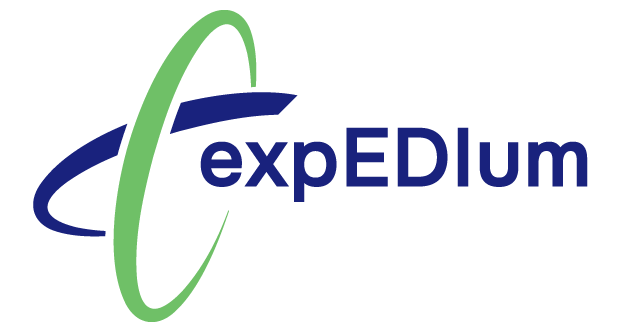In the ever-evolving landscape of healthcare, medical practices are continually seeking ways to streamline their operations and enhance revenue generation. One key aspect of this pursuit is efficient medical billing. Seamless integration of Electronic Medical Record and Practice Management System has emerged as a powerful way to optimize medical billing processes and maximize revenue.
As per industry reports, approximately 34% of clinicians’ time is dedicated to the collection and documentation of patient data. Regrettably, tasks like record-keeping, billing, bed management, and various administrative duties constitute an integral aspect of healthcare operations. This article delves into the potential of tightly integrating EMR and PMS systems into a single seamless solution to enhance the financial performance of medical practices.
Understanding EMR and PMS Integration
Before delving into the benefits of EMR-PMS integration, it’s essential to grasp the concept of both EMR and PMS systems. An Electronic Medical Record (EMR) is nothing but a digitized version of a patient’s paper chart that contains information about their medical history, diagnoses, treatments, medications, and test results among other standard features. A Practice Management System (PMS), on the other hand, is a software solution that handles administrative and financial tasks within a medical practice including getting the clinics paid. These tasks include appointment scheduling, patient registration, insurance verification, medical billing, claim submission/scrubbing, electronic claim submissions and reconciling the payments.
EMR-PMS integration involves connecting these two systems to share and exchange crucial patient data seamlessly. This integration enables medical practices to manage patient care more effectively and efficiently, leading to enhanced billing accuracy and revenue optimization.
Benefits of EMR-PMS Integration for Medical Billing
- Reduced Data Entry Errors: EMR-PMS integration eliminates the need for duplicate data entry, minimizing the risk of errors that can occur when manually transferring patient information between systems. This accuracy ensures that billing information, codes, and claims are correct from the outset, reducing claim denials and rework.
- Streamlined Billing Workflow: Integrating EMR and PMS systems creates a seamless workflow for medical billing. Relevant patient data, such as diagnosis codes, procedure codes, and insurance information, can be automatically transferred from the EMR to the PMS, streamlining the billing process and saving time for administrative staff.
- Real-time Eligibility Verification: EMR-PMS integration allows for real-time insurance eligibility verification. This feature ensures that patients are covered for the services they receive, reducing instances of denied claims due to incorrect insurance information.
- Accurate Coding and Billing: Proper coding is crucial for accurate billing. EMR-PMS integration enables automatic coding suggestions based on the documentation in the EMR, reducing the risk of under coding or over coding. This accuracy in coding helps medical practices receive the appropriate reimbursement for services rendered.
- Timely Claim Submission: Integrated systems enable the automatic creation and submission of claims to insurance providers. This streamlined process reduces the time between service delivery and claim submission, leading to quicker reimbursement and improved cash flow.
- Enhanced Revenue Cycle Management: EMR-PMS integration allows for comprehensive tracking of the revenue cycle. From appointment scheduling to claim submission, payment posting, and follow-up on unpaid claims, all stages of the revenue cycle can be managed and monitored efficiently.
- Data-Driven Decision-Making: Integrated systems provide valuable insights into the financial health of medical practice. Detailed reports and analytics generated from EMR-PMS integration offer actionable data that can guide strategic decisions to optimize revenue generation.
- Better ROI: Seamlessly integrating EMR and PMS systems streamlines administrative processes, reducing overhead costs and minimizing errors. This synergy enhances revenue generation, leading to a higher Return on Investment (ROI) as healthcare providers optimize billing efficiency and accuracy.
Conclusion:
The integration of Electronic Medical Record (EMR) and Practice Management System (PMS) systems holds significant promise for medical practices aiming to maximize revenue through efficient medical billing. By reducing errors, streamlining workflows, and providing real-time data, EMR-PMS integration enhances the accuracy and speed of the billing process. As healthcare technology continues to advance, leveraging integrated systems can help medical practices navigate the complexities of medical billing while focusing on providing quality patient care. Ultimately, this integration contributes to improved financial outcomes and a stronger foundation for the future of healthcare.

